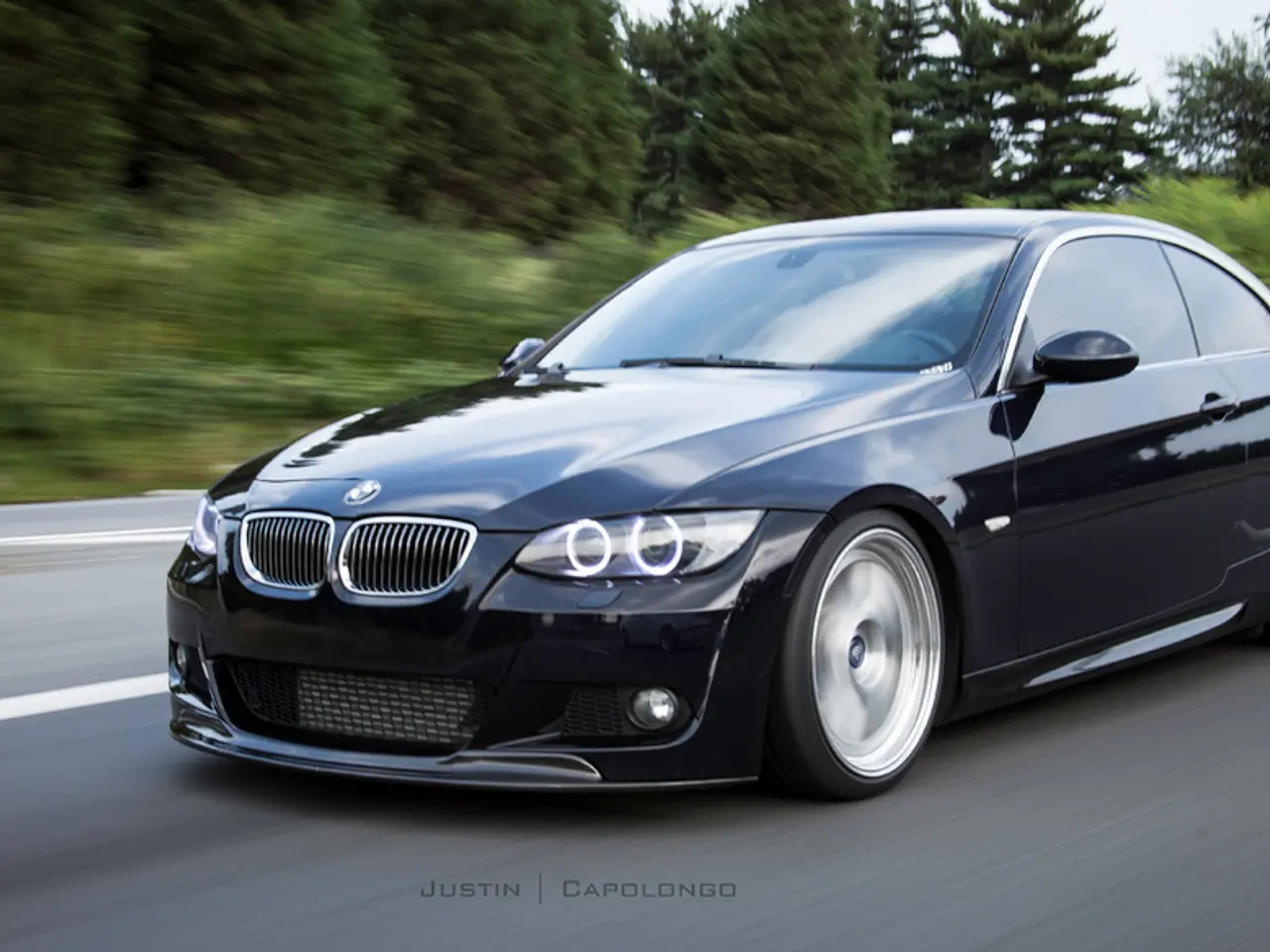BMW's 50th Anniversary Celebration - Chapter 17: Expanding BMW M's Popularity in the U.S. through Distinctive E36 M3 Variants
The E36 M3, a significant model in the BMW lineup, particularly in the U.S. market, was developed starting in 1989. This high-performance variant of the 3 Series was initially shrouded in secrecy within BMW, with its development considered highly confidential in early 1992 [1].
The E36 M3 was based on the E36 3 Series platform, introduced in 1990. For the U.S. market, BMW modified the existing engine from the E36 325i to create a U.S.-specific version of the M3. This involved modifying the M50 3.0-liter inline-six engine to comply with U.S. emissions regulations [3][5]. Unlike the European version, which used the powerful S50 engine, the U.S. model had a slightly detuned M50 engine, delivering 240 horsepower at 6,000 rpm and 225 pound-feet of torque at 4,250 rpm [2].
The E36 M3 made its world premiere at the Paris Auto Salon in September 1992 [4]. However, in December 1992, BMW NA executives formally rejected the E36 M3 for the U.S. market [6]. Despite this initial rejection, the E36 M3 was eventually imported to the United States in 1995, where it competed with rivals like Porsche and Audi.
Despite having a less powerful engine than its European counterpart, the U.S. version of the E36 M3 was well-received for its handling and performance. It was marketed as a homologation model, aligned with FIA regulations, which added to its appeal among enthusiasts [5].
In 1996, the E36 M3 was available in the U.S. as a four-door sedan, which proved tremendously popular. The S52B32US engine replaced the S50B30 engine in 1996, displacing 3,201cc and delivering the same 240 horsepower [7]. The M3's suspension in the U.S. had slightly softer spring and damper rates than its European counterpart [8].
The E36 M3's journey to the U.S. market was not without controversy. In 1992, Bob Roemer, a respected automotive journalist, reported in Roundel magazine that BMW was considering not bringing the new M3 to North America [9]. However, the E36 M3 helped establish BMW as a major player in the U.S. performance car market, contributing to the brand's growing popularity among automotive enthusiasts.
The E36 M3 remains iconic in BMW history, celebrated for its performance capabilities and the driving experience it offered. Its success paved the way for future generations of the M3, which continued to evolve with more powerful engines and advanced technology.
- The E36 M3's journey to the U.S. market was also intertwined with the finance industry, as bureaucratic challenges and compliances with emissions regulations significantly influenced its distribution.
- In the competitive landscape of the automotive industry, the E36 M3 found itself compared to rivals like Porsche and Audi in the sports genre, demonstrating BMW's commitment to delivering high-performance vehicles that cater to various market segments.




